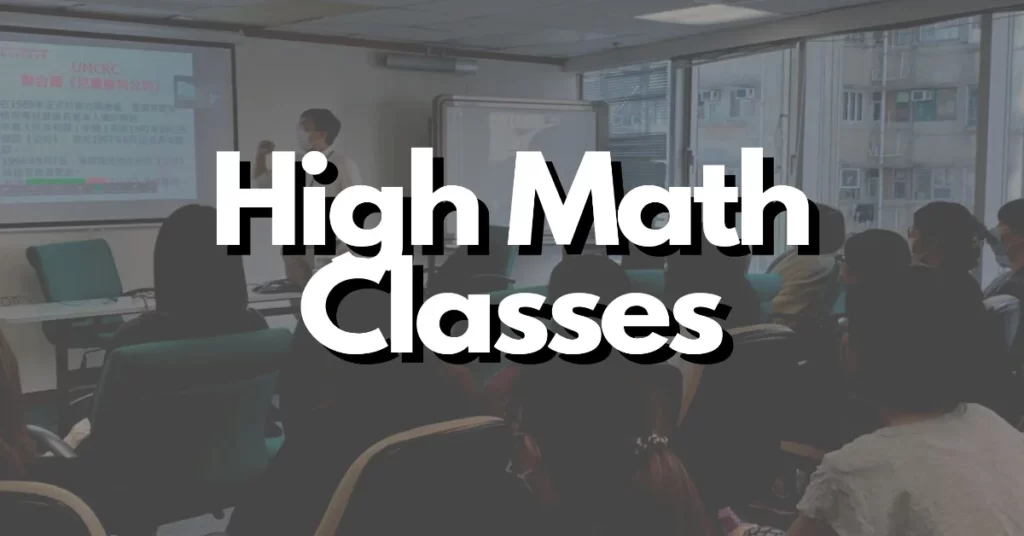Mathematics is a fascinating subject that presents a variety of topics to be studied and mastered. As students progress through their academic careers, they are introduced to increasingly advanced math classes, each building on the knowledge gained in previous years.
High school is a particularly crucial time for math education, as students have the opportunity to take more specialized and challenging courses that can prepare them for future careers in fields such as engineering, finance, and science.
In this article, we will provide an introduction to high math classes that are typically offered in high school and explore what students can expect to learn in each of these courses. Whether you are a student who is curious about what high-level math classes are available or a parent who wants to support their child’s math education, this article will give you a glimpse into the world of advanced mathematics education.
Advanced Algebra
Advanced Algebra builds upon the concepts learned in elementary algebra and covers more complex topics such as advanced equations, inequalities, functions, matrices, and logarithms. It delves deeper into algebraic manipulation, problem-solving techniques, and abstract mathematical reasoning.
Geometry and Trigonometry
Advanced Algebra builds upon the concepts learned in elementary algebra and covers more complex topics such as advanced equations, inequalities, functions, matrices, and logarithms. It delves deeper into algebraic manipulation, problem-solving techniques, and abstract mathematical reasoning.
Calculus
Calculus is a branch of mathematics that deals with change and motion. It is divided into two main branches: differential calculus and integral calculus. Differential calculus focuses on the concept of a derivative, which measures the rate of change of a function, while integral calculus deals with the concept of an integral, which measures accumulation or finding the area under a curve.
Calculus is fundamental in understanding concepts such as rates of change, optimization, and mathematical modeling.
Probability and Statistics
Probability and Statistics involve the study of uncertainty and data analysis. Probability examines the likelihood of events occurring, while Statistics involves collecting, analyzing, and interpreting data to make informed decisions.
These branches of mathematics are applied in various fields such as economics, social sciences, finance, and engineering to understand and predict outcomes, make predictions, and draw conclusions from data.
Differential Equations
Differential Equations are equations that involve an unknown function and its derivatives. They are used to model various physical and mathematical phenomena, such as motion, population growth, and electric circuits.
Differential equations play a crucial role in fields such as physics, engineering, economics, and biology, as they provide a mathematical framework for describing and analyzing dynamic systems.
Conclusion
In conclusion, high-level math classes present unique and exciting challenges for students, allowing them to develop skills and knowledge that can be used in a variety of future careers. While these courses can be demanding, they are also incredibly rewarding, providing students with a sense of accomplishment and pride in their abilities.
By understanding what classes are available and what each course covers, students can make informed decisions about their education and feel confident in their ability to tackle challenging material. We hope that this article has provided a helpful introduction to the world of high-level math classes and has encouraged readers to explore the possibilities available to them.

